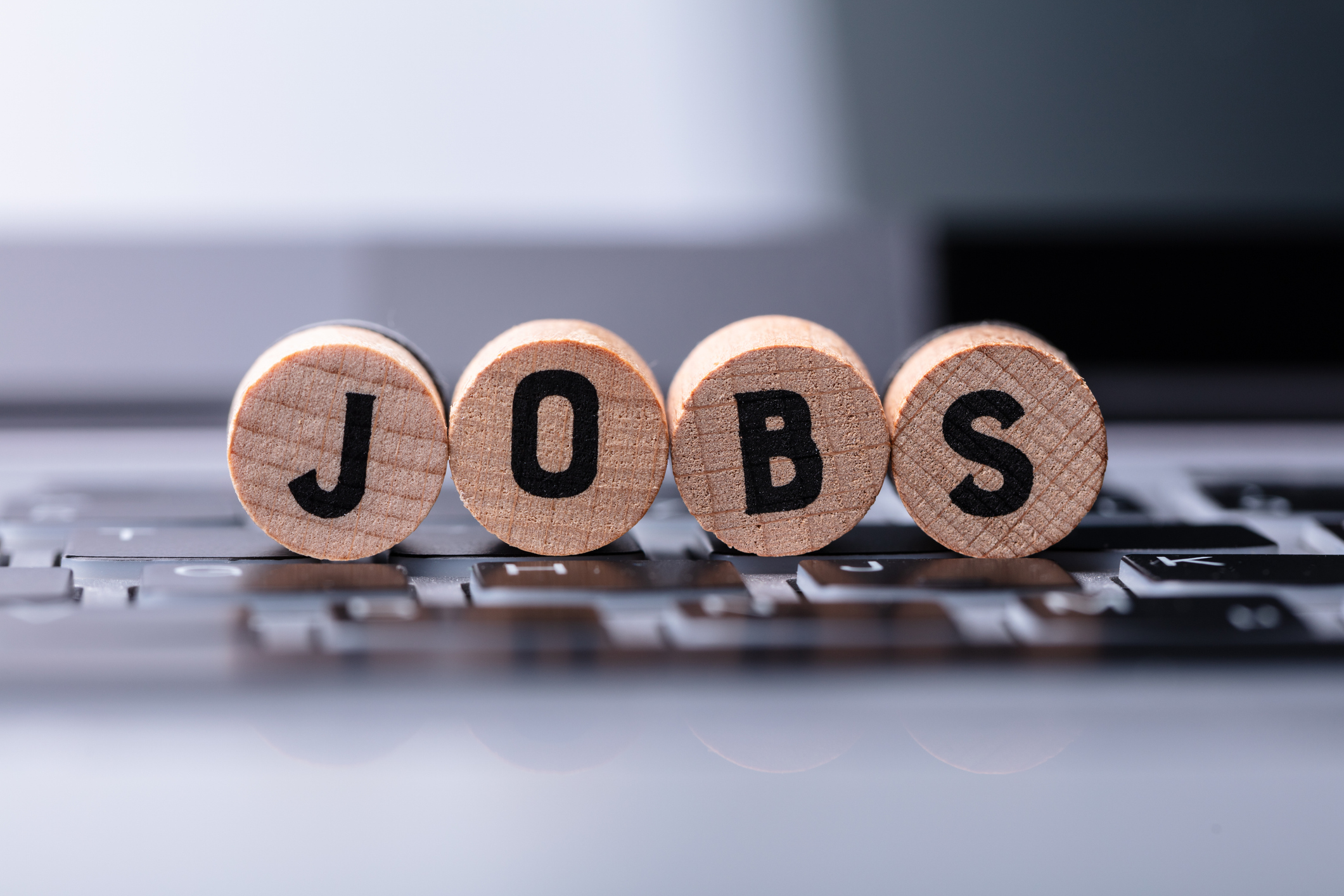How Interest Rates Impact Stock Prices
The Fed cut interest rates by a half-percentage point at its September policy meeting. Here's how this could impact the stock market.


In September, the Federal Reserve issued its first rate cut in four years, lowering the federal funds rate by 50 basis points (0.50%) to a target range of 4.75% to 5.00%.
In his subsequent press conference, Fed Chair Jerome Powell said that "the labor market is actually in solid condition," and that the central bank's intention with the jumbo-sized rate cut is "to keep it there."
"A 50 basis-point cut to start the rate-cut cycle is significant because historically, the Fed was playing catch up at the start of rate-cut cycles," says Sonu Varghese, global macro strategist at Carson Group. "The message here is that the Fed's got the labor market's back."
From just $107.88 $24.99 for Kiplinger Personal Finance
Become a smarter, better informed investor. Subscribe from just $107.88 $24.99, plus get up to 4 Special Issues

Sign up for Kiplinger’s Free Newsletters
Profit and prosper with the best of expert advice on investing, taxes, retirement, personal finance and more - straight to your e-mail.
Profit and prosper with the best of expert advice - straight to your e-mail.
Indeed, recent economic data shows the lengthy period of elevated interest rates finally started to trickle down to what has been a resilient labor force. Wall Street was widely anticipating a rate cut after Powell acknowledged this slowdown at the annual Jackson Hole Economic Symposium and said the central bank does "not seek or welcome further cooling in labor market conditions."
The prospect that interest rates would be lowered sooner rather than later is one of the reasons the equity market rallied more than 36% from late October through mid-September. However, lowered rate-cut expectations throughout 2024 have sparked periods of volatility.
But why are interest rates so important to the stock market and stock prices in general?
There are several reasons for this, but the most fundamental one is that rate cuts promote broad economic growth and corporate profits. Another reason is that they help investors make more money. Let's take a closer look.
How interest rates impact stock prices
Corporate profits are closely tied to interest rate movements. Many companies borrow for the short term with debt that resets each quarter. The interest on these loans is based on a rate index that mimics changes set by the Federal Reserve using the federal funds rate. The federal funds rate is the interest rate on short-term interbank loans and is typically what is being referred to when folks talk about "rate cuts."
As a result, even the anticipation of a lower federal funds rate by the Federal Reserve can move other interest rates lower. This, in turn, helps boost general economic growth and corporate profits.
For example, inflation has improved throughout 2024. Indeed, the Consumer Price Index (CPI) fell to an annual rate of 2.5% in August from 3.2% in October 2023. This had the result of lowering a number of different key interest rates throughout the year. For example, the 2-year short-term Treasury yield, which is one interest rate the government uses to borrow money, was last seen at 3.61%, down significantly from its October 2023 peak near 5.24% – a period that coincided with the stock market's most recent lows.
This decline in interest rates occurred even as the Fed kept the federal funds rate at a range of 5.25% to 5.5%, the highest level in 23 years. Moreover, gross domestic product (GDP) excelled in Q2, growing at an annual rate of 3.0% according to the Bureau of Economic Analysis. And for all of 2023, the GDP growth rate was 2.5%. This indicates the economy has been strong enough to withstand higher interest rates.
Still, because of the recent jobs data, futures traders began pricing in overwhelming odds of a September rate cut over a month ago. This helped the stock market bounce back from an early August selloff. The market's anticipation that the Fed will lower rates had a positive effect on stock prices because it's assumed rate cuts will boost a company's earnings per share and profits as borrowing costs decline.
In effect, lower interest rates lead to higher price-to-earnings metrics and vice versa. But this is not the only way they help the market.
Interest rates and Wall Street
Many trading departments on Wall Street (i.e., hedge funds, prop desks at mainline brokerage firms, mutual funds, etc.) use extensive amounts of leverage to purchase their positions in the market. So lower short-term interest rates improve the costs of this borrowing activity. This, in effect, can help boost profits and potentially have a follow-on effect of increasing share prices.
In addition to stocks, these positions can also include other leveraged securities markets. Think Treasury notes or secondary loan markets such as collateralized loan obligations (CLOs). For example, the secondary market in CLOs, which are essentially bank loans of major corporations that trade on the market, become more liquid and profitable with lower rates.
The bottom line is that interest rate movements can dramatically affect the borrowing costs of large Wall Street firms. By having lower borrowing costs, these companies can improve their profits.
As a result, trading institutions tend to push up prices when interest rates and Treasury yields fall. The opposite also occurs when rates rise. But investors have plenty to be excited in the near term given the market anticipates lower inflation and lower interest rates as a result. This will potentially lead to higher stock prices, higher bond and note prices (and lower yields).
Related content
Profit and prosper with the best of Kiplinger's advice on investing, taxes, retirement, personal finance and much more. Delivered daily. Enter your email in the box and click Sign Me Up.

Mark R. Hake, CFA, is a Chartered Financial Analyst and entrepreneur. He has been writing on stocks for over six years and has also owned his own investment management and research firms focused on U.S. and international value stocks, for over 10 years. In addition, he worked on the buy side for investment firms, hedge funds, and investment divisions of insurance companies for the past 36 years. Lately, he is also working as Chief Strategy Officer for a tech start-up company, Foldstar Inc, based in Princeton, New Jersey.
-
 Should You Renew Your CD?
Should You Renew Your CD?With rate cuts impacting earnings, we examine if now is a wise time to renew CDs.
-
 7 Ways to Plan Now to Save on Medicare IRMAA Surcharges Later
7 Ways to Plan Now to Save on Medicare IRMAA Surcharges LaterUnderstand the critical two-year lookback period and why aggressive planning before you enroll in Medicare is the most effective way to minimize IRMAA.
-
 Law Reversal Looming? Trump Eyes 2026 Gambling Winnings Tax Change
Law Reversal Looming? Trump Eyes 2026 Gambling Winnings Tax ChangeTax Deductions It's no secret that the IRS is coming after your gambling winnings in 2026. But how long will that last?
-
 The Delayed November Jobs Report Is Out. Here's What It Means for the Fed and Rate Cuts
The Delayed November Jobs Report Is Out. Here's What It Means for the Fed and Rate CutsThe November jobs report came in higher than expected, although it still shows plenty of signs of weakness in the labor market.
-
 Your Year-End Tax and Estate Planning Review Just Got Urgent
Your Year-End Tax and Estate Planning Review Just Got UrgentChanging tax rules and falling interest rates mean financial planning is more important than ever as 2025 ends. There's still time to make these five key moves.
-
 What Makes This Business So Successful? We Find Out From the Founder's Kids
What Makes This Business So Successful? We Find Out From the Founder's KidsThe children of Morgan Clayton share how their father's wisdom, life experience and caring nature have turned their family business into a respected powerhouse.
-
 Stocks Struggle Ahead of November Jobs Report: Stock Market Today
Stocks Struggle Ahead of November Jobs Report: Stock Market TodayOracle and Broadcom continued to fall, while market participants looked ahead to Tuesday's jobs report.
-
 Past Performance Is Not Indicative of Your Financial Adviser's Expertise
Past Performance Is Not Indicative of Your Financial Adviser's ExpertiseMany people find a financial adviser by searching online or asking for referrals from friends or family. This can actually end up costing you big-time.
-
 I'm a Financial Planner: If You're Not Doing Roth Conversions, You Need to Read This
I'm a Financial Planner: If You're Not Doing Roth Conversions, You Need to Read ThisRoth conversions and other Roth strategies can be complex, but don't dismiss these tax planning tools outright. They could really work for you and your heirs.
-
 Could Traditional Retirement Expectations Be Killing Us? A Retirement Psychologist Makes the Case
Could Traditional Retirement Expectations Be Killing Us? A Retirement Psychologist Makes the CaseA retirement psychologist makes the case: A fulfilling retirement begins with a blueprint for living, rather than simply the accumulation of a large nest egg.
-
 I'm a Financial Adviser: This Is How You Can Adapt to Social Security Uncertainty
I'm a Financial Adviser: This Is How You Can Adapt to Social Security UncertaintyRather than letting the unknowns make you anxious, focus on building a flexible income strategy that can adapt to possible future Social Security changes.